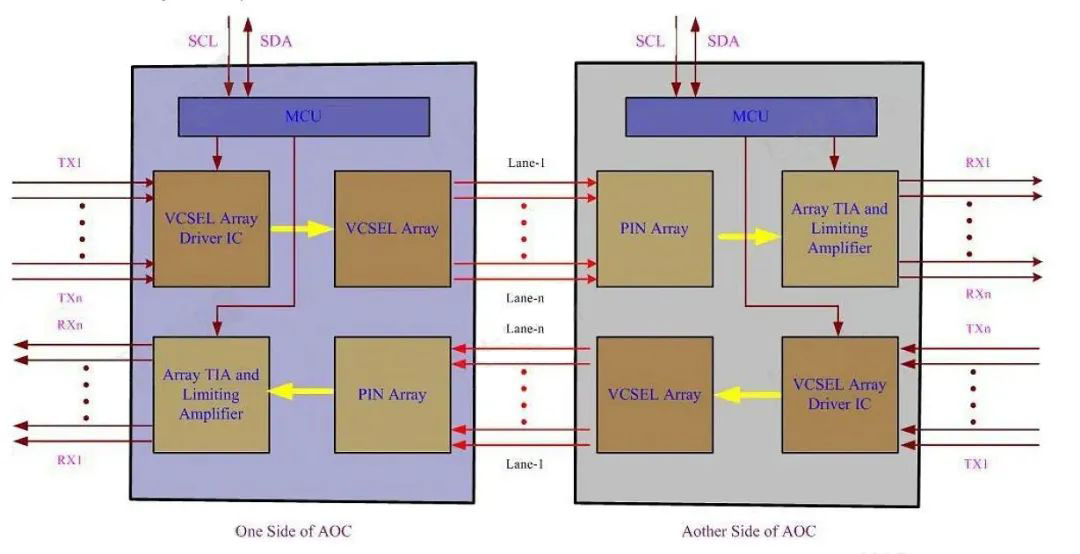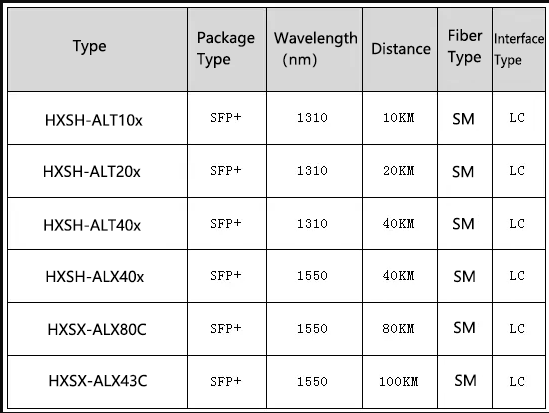PRODUCTS

- As providers densify their networks by pushing fiber deeper and adding small cells to meet the increased growth in demand for speed and capacity, coarse wave division multiplexing (CWDM) and dense wave division multiplexing (DWDM) offer two effective ways to increase the bandwidth of fiber by combining optical signals of different wavelengths on one fiber strand. It’s a practical, proven solution;1511

- The continuous advancement of technology is driving the growth of data transfer rate requirements, making the 56G QSFP+ SR4 optical module an essential solution for communication needs in areas such as data centers, cloud computing, high-performance computing, and storage networks.Technical Features of 56G QSFP+ SR4 Optical ModuleThe Walsun 56G QSFP+ SR4 optical module is a four-channel full-duple1073

- The S6720-LI series, a new generation of Huawei's compact all-10G box switches, is designed for use in campus networks and data center 10G access. The S6720-LI series switch includes three models with a switching capacity of 1.28Tbps/12.8Tbps, supporting packet forwarding rates of 240Mbpps and 480Mpps. It is equipped with high-density 10GE and 40GE ports and is typically paired with 10G SFP+ o1078

- If the transmission distance is relatively short, we can consider using Walsun 10G DAC high-speed cables for transmission. The length specifications of DAC in the market can be customized based on actual transmission needs, but generally do not exceed 7 meters. If connecting a 10G port with an SFP+ optical interface to a 10G port with a network interface switch for short-distance connections, Wals1327

- 100G CFP/CFP2 DCO Coherent optical module Q&AWhy does the module use DP-QPSK modulation?Dual polarization quadrant-phase shift keying (DP-QPSK) modulation technology based on coherent reception is the first choice for 100G modulation format. On the one hand, DP-QPSK can maximize the spectral efficiency, and on the other hand, it takes advantage of the phase modulation technology to PMD, disper926


 CHS
CHS Walsun Mall
Walsun Mall










